
Love animals? Think you’ve seen them all? Think again. While familiar animals like elephants, tigers, and polar bears often steal the spotlight, there’s a hidden world of creatures that most people never get to see.
These rare subspecies are elusive and often adapted to specific, hard-to-reach lands. Some are so threatened that they’ve teetered on the edge of extinction, and others were only recently discovered and continue to puzzle scientists.
The most remarkable thing about them is that they often possess the secrets to the health and balance of their ecosystem. Let’s venture into the remarkable, less familiar animals that need our attention and assistance before time runs out.
1. The Black-Spotted Cuscus (Spilocuscus Rufoniger)
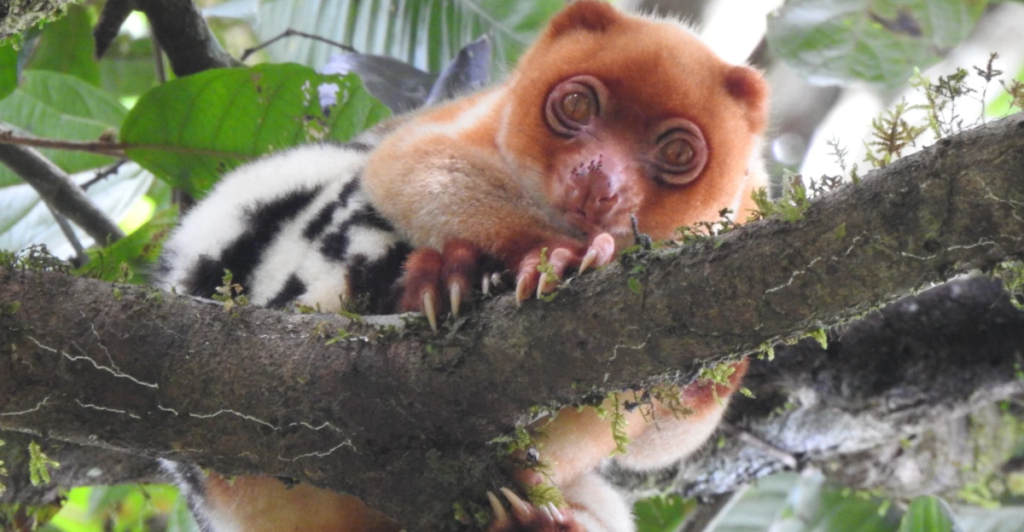
The black-spotted cuscus is a little-known marsupial that exists solely in the rainforests of Papua New Guinea. It has big, starry eyes and its back is speckled with asymmetrical black patches.
It’s one of the most otherworldly creatures of the region. Unlike its flashy celebrity cousins, the sugar gliders, the black-spotted cuscus is nocturnal and leads the majority of its existence high off the ground in the canopies. This cuscus has a bleak future as a result of territory loss and poaching.
Scientists estimate that there are fewer than 500 in the wild, making it one of the most endangered creatures on earth. It is imperative that conservation practices are established as soon as possible to preserve this beautiful and rare creature.
2. The Ili Pika (Ochotona Iliensis)
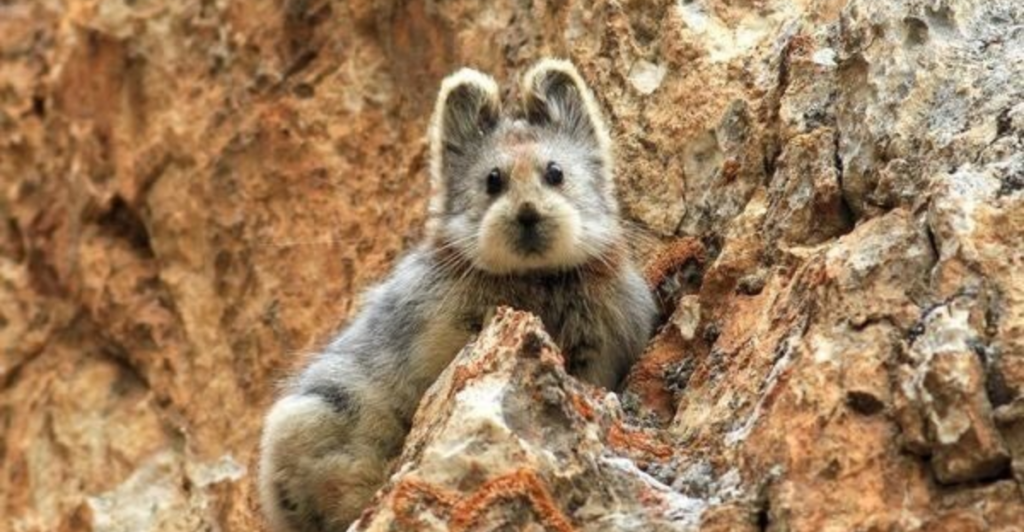
The Ili pika is one of the world’s rarest mammals. First discovered in China’s Tianshan Mountains in 1983, this map-handed, cute, round-eared animal has come to represent the vulnerability of nature. With its plush face and little, round eyes, it resembles a mix between a hamster and a rabbit. It lives high up, where it nibbles on grass and plants.
But habitat destruction and global warming have reduced the Ili pika to a critically endangered status with fewer than 1,000 left in the wild. It is difficult to research because of its shy nature, and conservationists don’t want to lose any more time trying to preserve its habitat.
3. The Zanzibar Red Colobus Monkey (Piliocolobus Kirkii)

The Zanzibar red colobus monkey is a primate that exists only on the island of Zanzibar, which lies off the coast of Tanzania. Its bright red and white coloring, long tail, and large face make it one of the most visually stunning monkeys. The monkeys have unusual behaviors, such as a particular kind of sneezing when it rains.
Unfortunately, they are also under serious threat from deforestation and human-wildlife conflict, ranking among the world’s most threatened primates. Conservation efforts have been implemented to protect their forests, but with fewer than 2,000 of the species left, their survival is by no means certain.
4. The Saola (Pseudoryx Nghetinhensis)
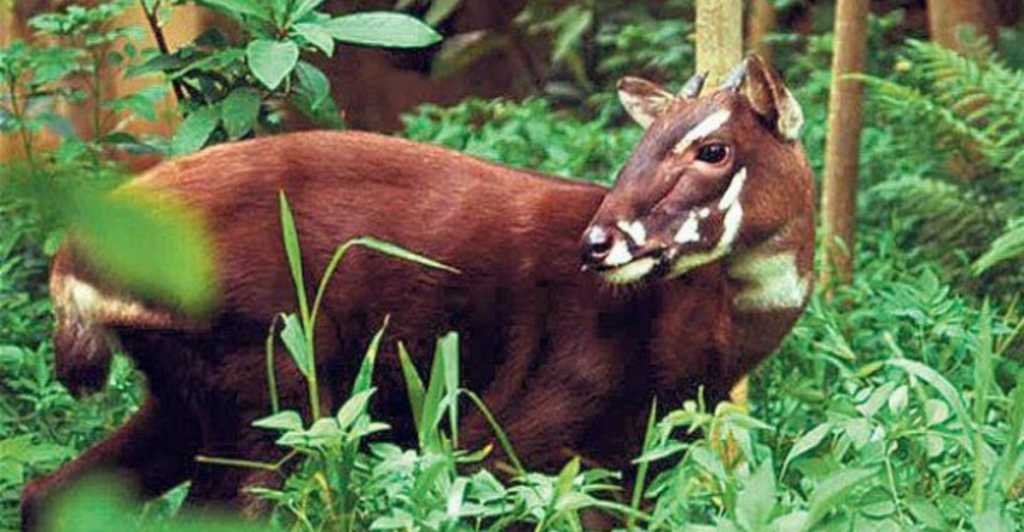
The saola, better known as the “Asian unicorn,” is one of the most elusive and secretive major mammals on the planet. First discovered in 1992 in the Annamite Mountains on the borders of Laos and Vietnam, scientists were completely taken aback by the discovery of the saola. With its slender, elongated horns and dramatic white facial markings, the saola is quite deer-like, but it’s a distinct species.
Though it’s a large animal, it’s still very rare, with fewer than 100 animals believed to still exist in the wild. Its elusive nature and critically endangered status due to poaching and habitat destruction make it a conservation problem.
5. The Pink Land Iguana (Conolophus Marthae)
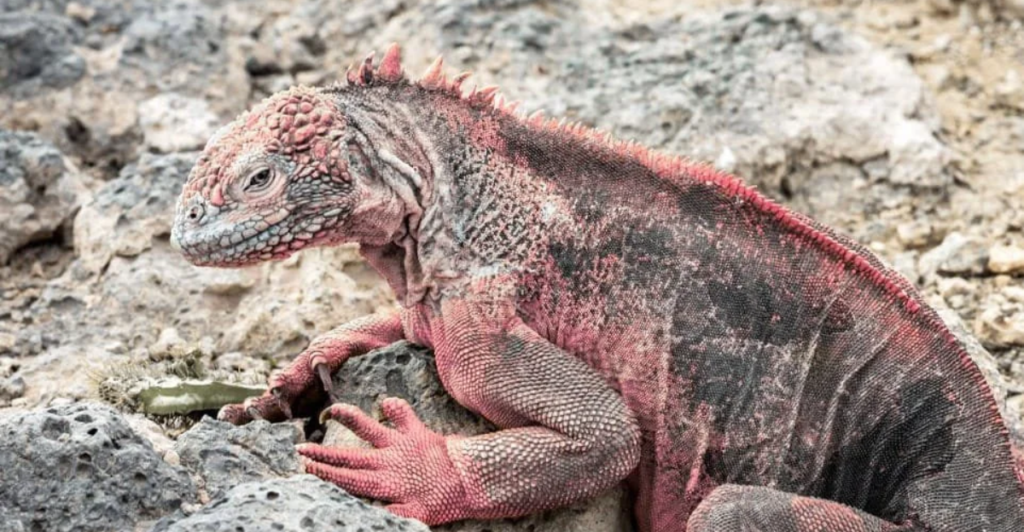
The bubblegum-pink-hued pink land iguana is perhaps the most stunning animal that can be seen inhabiting the Galápagos Islands. This critically endangered animal was not officially discovered until 2009, despite occasional sightings within the region reported over a period of many decades.
The pink land iguana only exists on the slopes of the Wolf Volcano of Isabela Island, so its natural range is very limited. Volcanic eruptions, global warming, and the introduction of exotic animals have led to its numbers being reduced to less than 300. Conservationists need to save this strange and unique creature before it becomes extinct.
6. The Northern Bald Ibis (Geronticus Eremita)
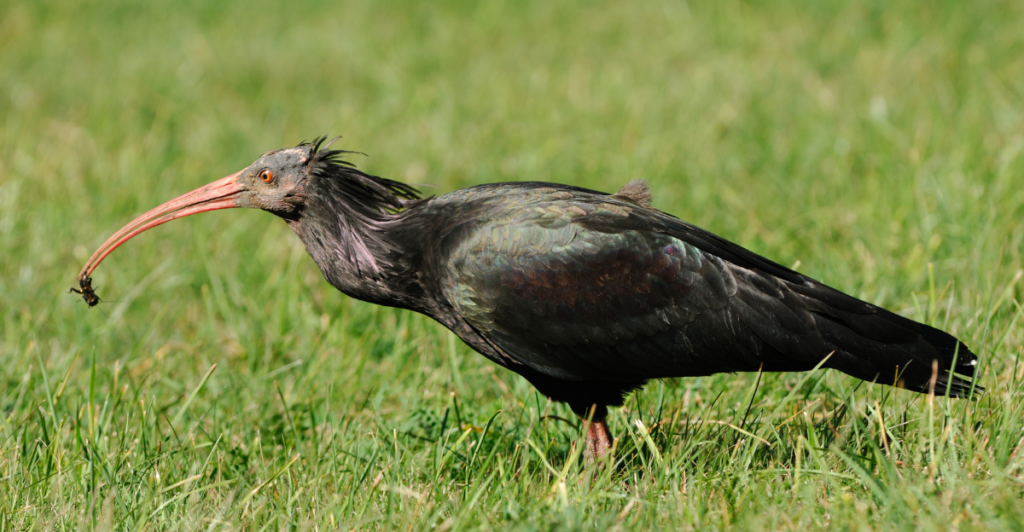
The northern bald ibis is a striking bird which has been linked with the ancient North African and Middle Eastern cultures for centuries, where it was regularly featured in artworks. With its bald red head and lustrous black feathers, this bird appears otherworldly.
Having once been widespread across the Mediterranean and beyond, the northern bald ibis is now critically endangered, with small populations still living in Morocco and Turkey.
Loss of land, hunting, and human disturbance have caused its population to decline drastically. With fewer than 1,000 individuals remaining, the northern bald ibis depends on continued conservation efforts to survive and prosper.
7. The Pygmy Three-Toed Sloth (Bradypus pygmaeus)
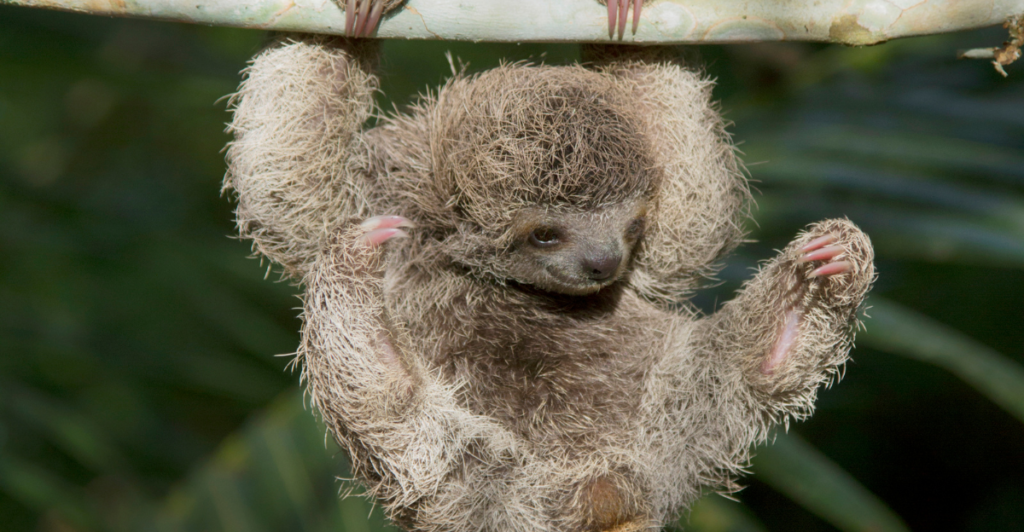
The pygmy three-toed sloth is a small replica of the more famous sloth species and exists only on Isla Escudo de Veraguas off the island of Panama. This cute animal is roughly 40% smaller than its mainland relatives, possessing compact and silky fur that aids in camouflage amongst the foliage.
It lives a slow and cautious way of life, preying on the island’s mangrove trees. With its limited territory and reduced habitat, the pygmy sloth is critically endangered with an estimated population of approximately 100. Conservationists are working to safeguard the island’s fragile ecosystem so that the future of this sluggish marvel is assured.
8. The Javan Rhino (Rhinoceros Sondaicus)
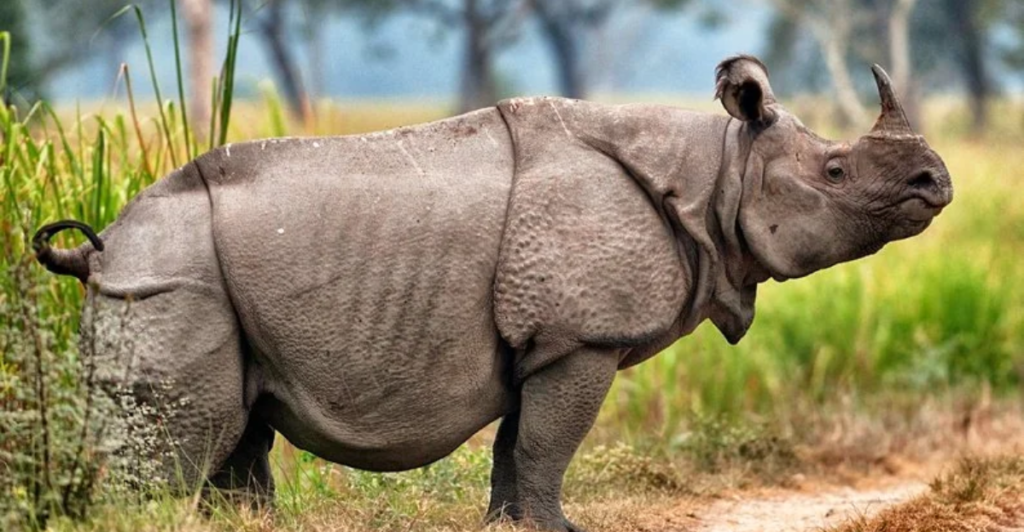
The Javan rhino is the most rare rhino in the world. Its thick, gray hide and single horn transport us to a prehistoric era. This critically endangered animal only exists in Indonesia’s Ujung Kulon National Park, where fewer than 70 of them are left.
Historically widespread in Southeast Asia, the Javan rhino currently is threatened by poaching, territory destruction and the constant threat of natural catastrophes like volcanic eruptions.
Its timid and introverted personality makes it hard to research, but committed conservationists are working diligently to preserve the last population and ensure that this unique subspecies doesn’t go extinct.
9. The Bawean Deer (Axis Kuhlii)
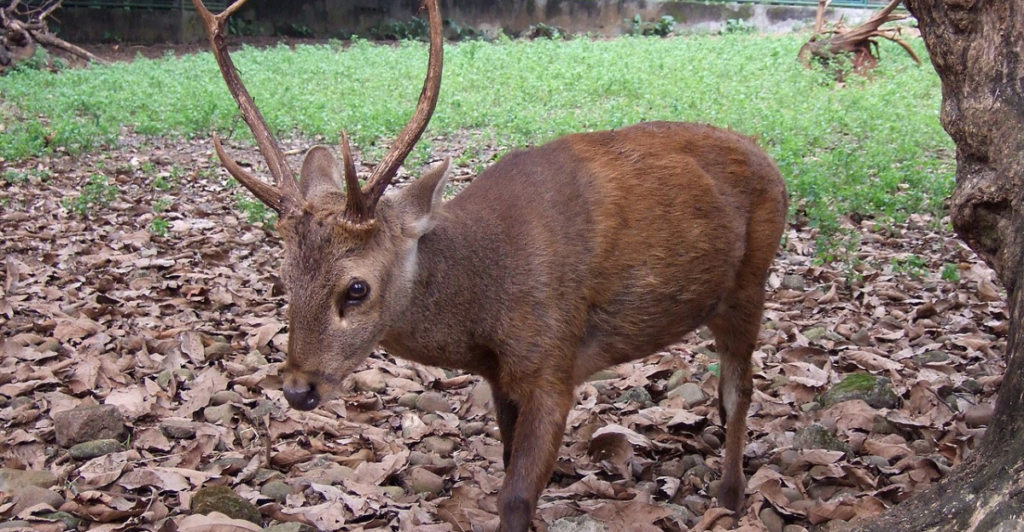
The Bawean deer is a frail and small deer on the island of Bawean in Indonesia. This deer is unusual because it is small in height, standing at approximately 60 centimeters, and has a soft brown coat that will help it to blend in within the dense forests. The Bawean deer population is also declining, with fewer than 250 mature individuals believed to still be alive.
The small area of the species’ habitat on a tiny island makes it particularly vulnerable to habitat destruction and the introduction of invasive species. Conservation is ongoing, but the Bawean deer must be preserved so as not to be erased from the planet.
Explore more of our trending stories and hit Follow to keep them coming to your feed!

Don’t miss out on more stories like this! Hit the Follow button at the top of this article to stay updated with the latest news. Share your thoughts in the comments—we’d love to hear from you!







